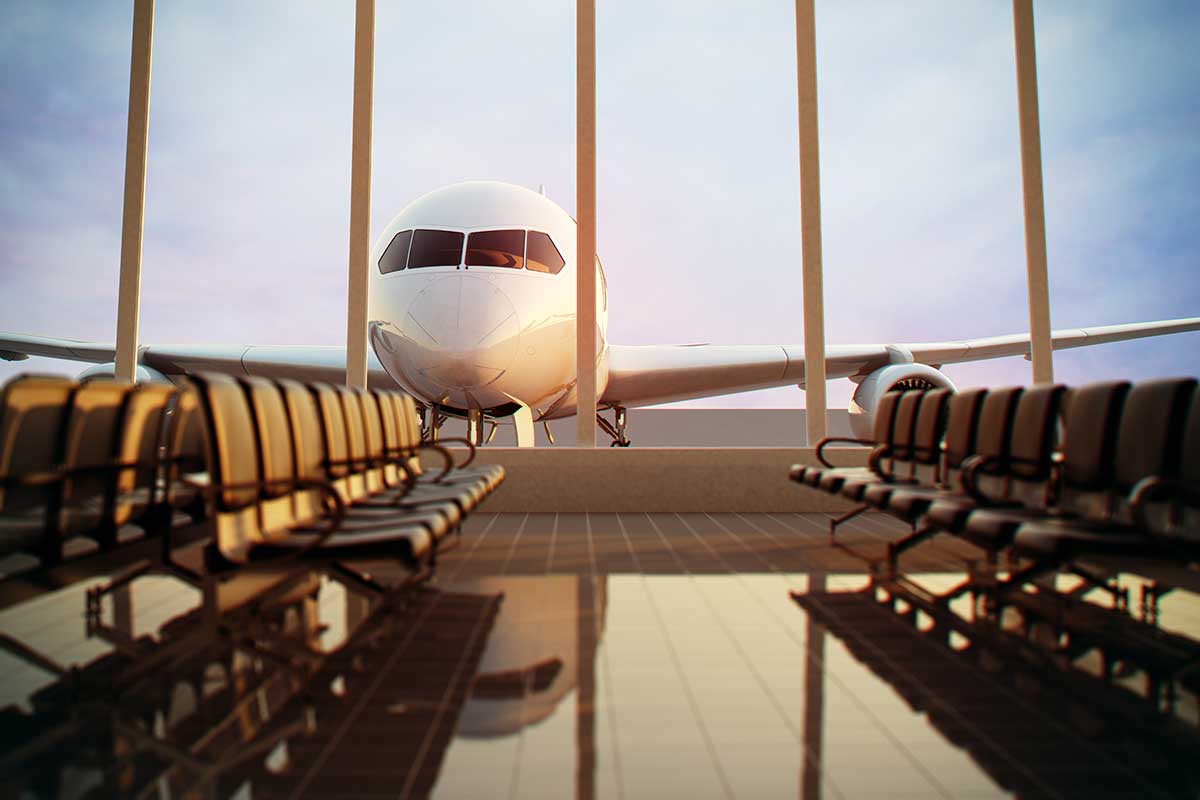Airports

Jet fumes, dust created by swarms of transient fast-moving people, constant construction, constant cleaning activity and high volume rest room usage all contribute to making airport terminals into one of the dirtiest possible environments. Thankfully, most airports select air filtration to address each of these areas specifically.
The human body normally sheds about 100, 000 of 0.3 micron and larger per minute. As activity level increases the same body can shed up to a million particles per minute; it’s no wonder there is a haze (particle pollution) in most airports as people rush to catch their flights or hustle to baggage claim. Their body shedding skin, their clothing, their luggage, all pollution contributors.
Equipment including the airplanes, the two tractors, baggage tugs, ground power units and de-icing equipment can all add to the pollution problems for people inside the terminal. Volatile organic compounds VOCs are also a major consideration as they are produced as a result of construction, painting and other maintenance activities that seems to be a constant factor in all airports.
Air filters typically applied in airport terminals to prevent the degradation of the facility and for passenger and employee protection include:
- MERV 13 particulate air filters in the central station HVAC systems or rooftop air handling systems. These air filters provide the greatest level of fine particle contaminant protection and operational economy. Fine particles are those that can penetrate deeply into the lungs and cause damage. The MERV 13 filter has the best balance points for operational efficiency; low resistance to airflow, long filter life and efficient use of energy meeting the sustainable goals we all promote.
- Carbon air filtration systems to address jet fumes, diesel fumes, and odors associated with other airport equipment, VOCs and even rest room exhaust. Carbon filters are also sustainable in that when they are removed they can be regenerated and reused.
